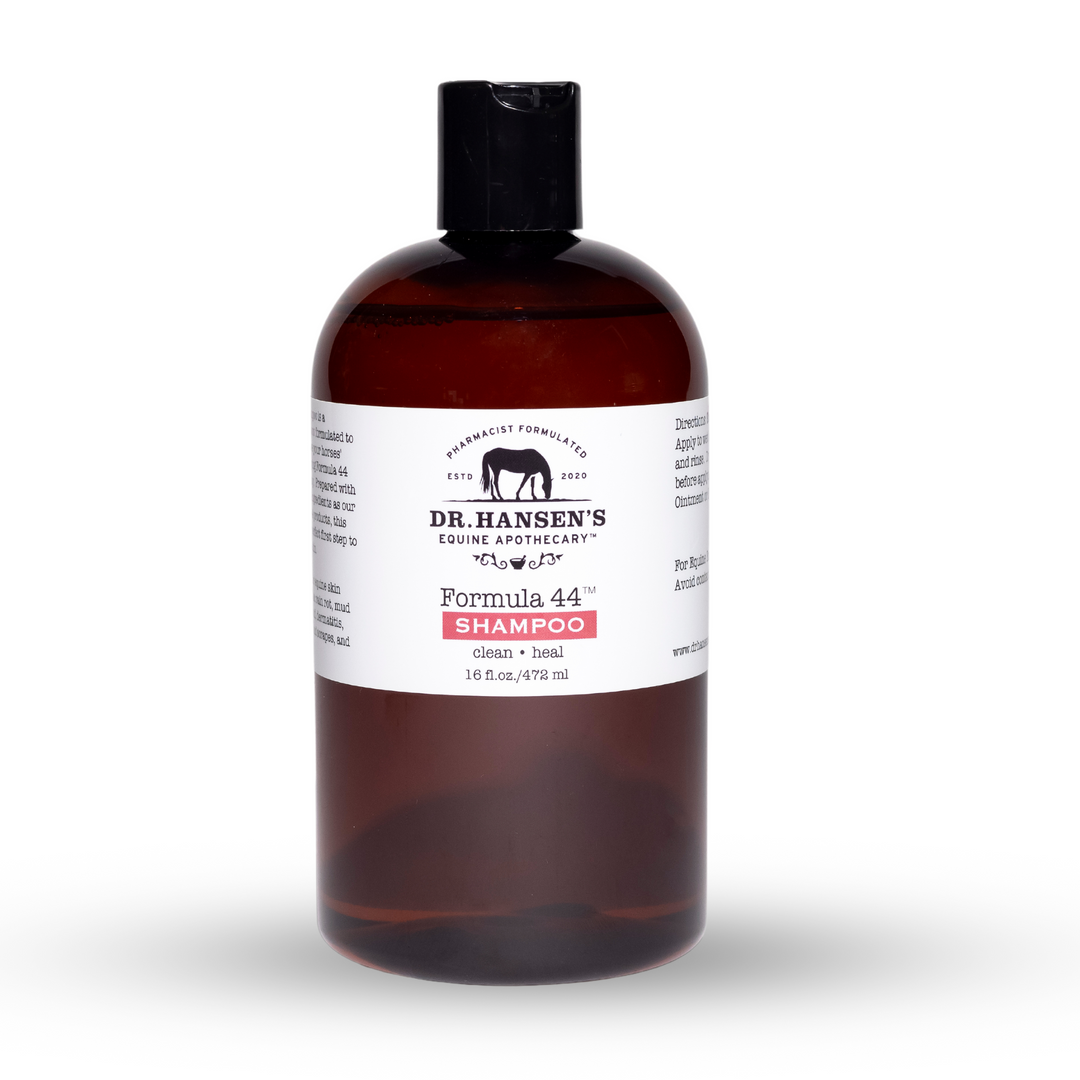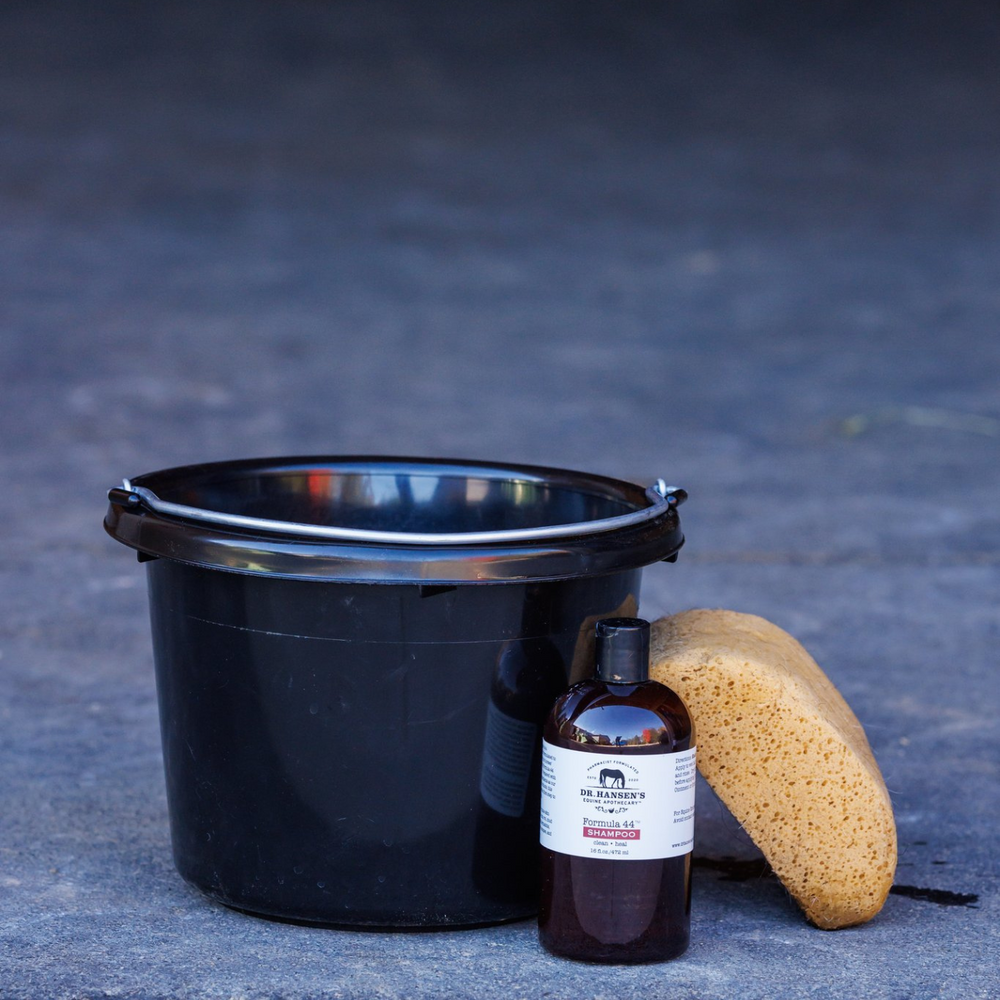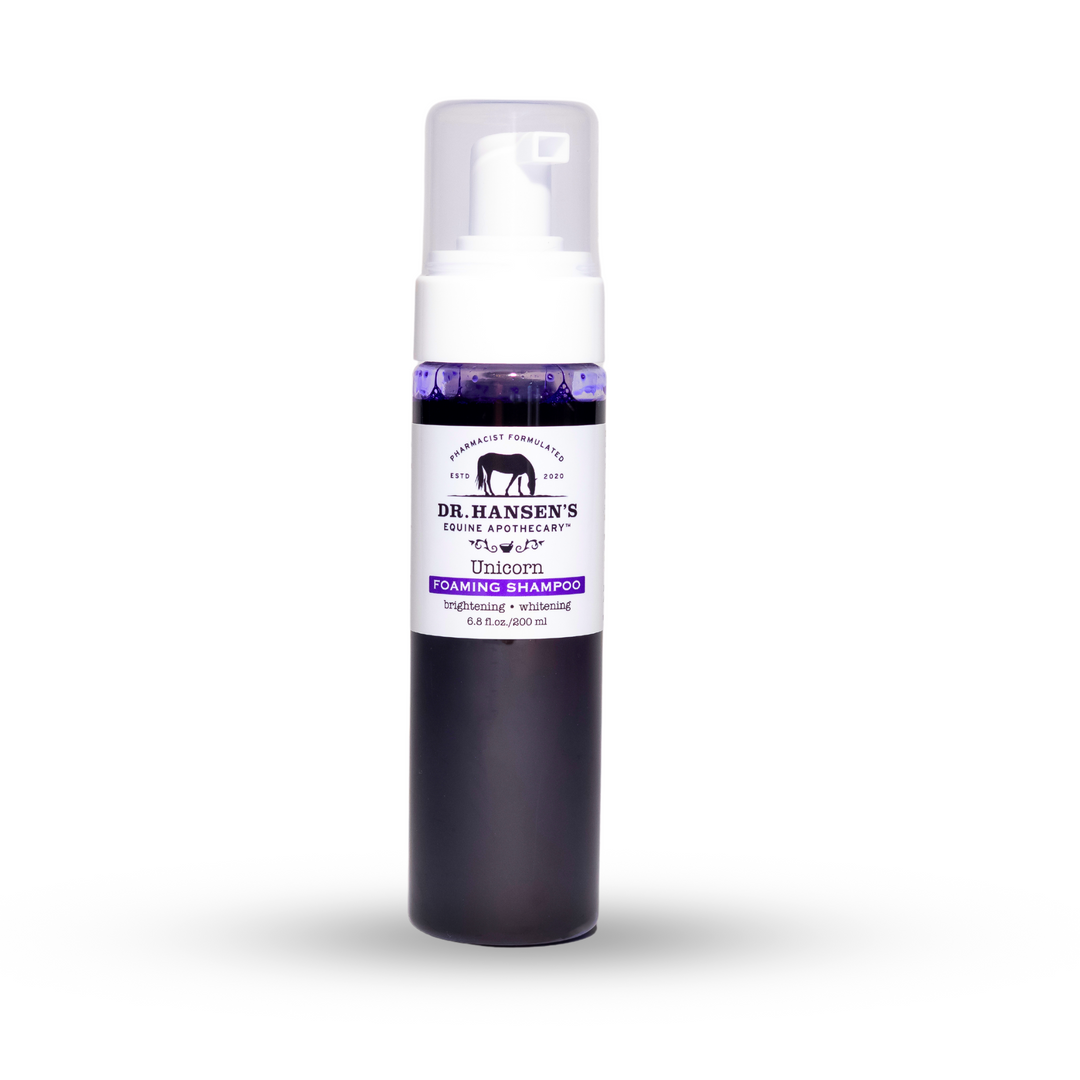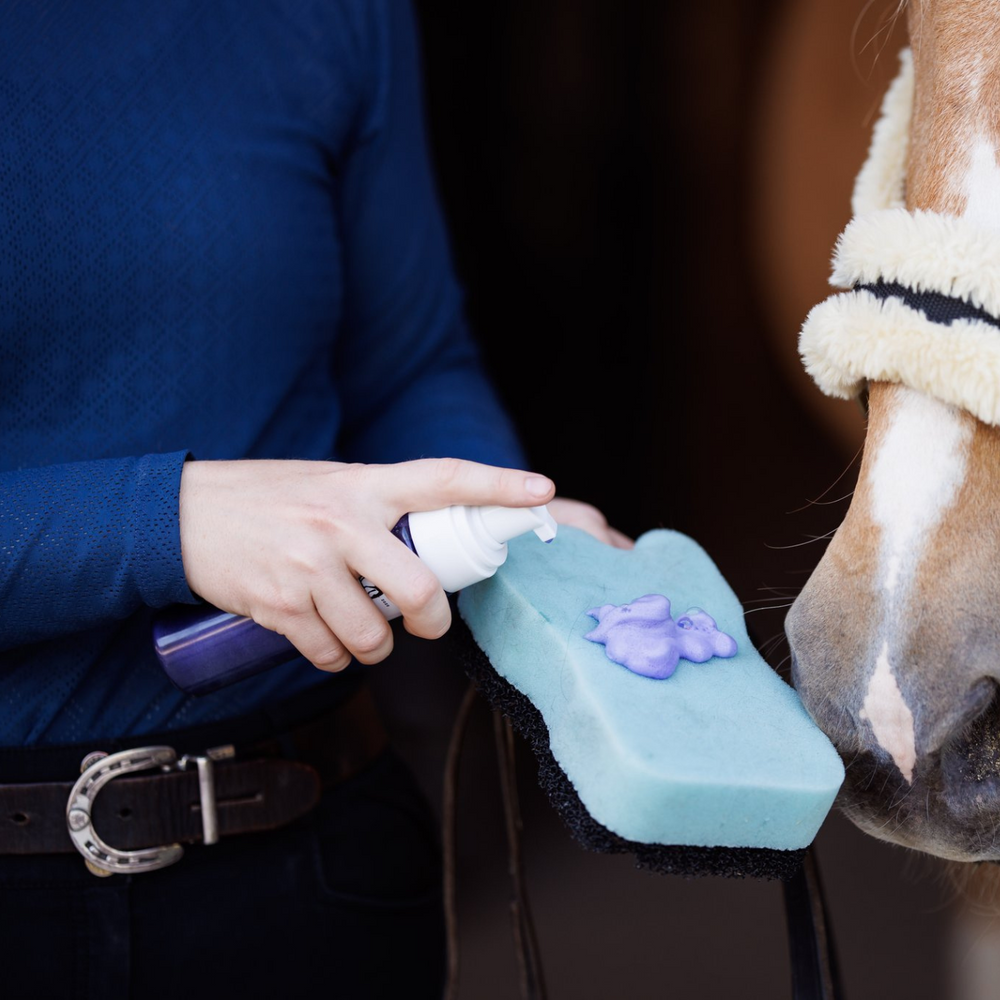Bathing your horse can be a rewarding routine, especially during the heat of summer. Using the right techniques ensures your equine friend stays comfortable, clean, and protected from skin conditions. This guide walks you through five essential horse care tips for safe, effective summer bathing—helping you keep your horse healthy, happy, and shining all season.

1. Bathe in Sections to Maintain Hydration
Summer sun and sweat can leave your horse’s coat grimy, but a thorough bath brings relief. However, if your wash rack is in the sun, it’s essential to bathe strategically to protect skin and hair health. When applying shampoo, work in manageable sections—such as the neck, barrel, and hindquarters—so you can rinse each area before moving on. This practice prevents shampoos or suds from drying on the coat, which may cause irritation or flakiness.
After washing, it’s beneficial to follow up with a moisturizing conditioner. Conditioning not only rehydrates the skin but also restores luster and manageability to the coat. For best results, use products like Dr. Hansen’s Equine Apothecary Hydrating Shampoo and Conditioner. These formulas are specifically designed for horse care, cleansing away dirt without stripping essential oils and delivering a supple, glossy finish. Regular use maintains hydration and reduces the risk of dry, brittle hair—key to keeping your horse looking and feeling its best through the hottest months.
2. Perform Health Checks While Bathing
Bath time is more than a grooming ritual—it’s the perfect chance for a hands-on health inspection. As you work through each section during the wash, closely examine your horse’s skin for unusual bumps, abrasions, or lesions. Feel along every limb and muscle for abnormal heat or swelling, which can signal brewing health issues such as infections or injuries.
Integrating specialized products like Formula 44 Shampoo can further support your horse’s wellness. This medicated formula is highly effective for treating persistent equine skin problems. It is especially helpful for scrubbing legs, where moisture and mud in summer paddocks can trigger conditions like scratches and dermatitis. If your horse is prone to itchiness around the tail or rump, shampooing your horses' tail dock with Formula 44 alleviates discomfort and aids healing. Early detection of trouble spots allows you to address problems swiftly before they escalate—promoting long-term health and comfort.
How to Assess Your Horse’s Body
- Gently press and run your hand down each leg, feeling for hot spots, puffiness, or sensitivity.
- Scan the skin for hives, scabs, bald patches, or any unusual color changes.
- Monitor hooves for loose shoes, brittleness, quarter cracks, or heel injuries.
- Look out for signs of discomfort—like tail swishing, threats to kick, pinned ears, or nipping at the air—as you bathe sensitive areas.
This multi-sensory approach supports proactive horse care, helping spot subtle signs of illness before they become major challenges.
3. Regular Hygiene Practices
Maintaining specific hygiene protocols is a key part of comprehensive horse care, particularly during summer, when sweat and flies can quickly cause irritation. Besides routine baths, don’t overlook the vital task of cleaning your horse’s sheath (for geldings and stallions) or udder (for mares). Accumulated debris, sweat, and natural secretions can attract bacteria, leading to infections or skin inflammation.
Frequent, gentle cleaning prevents nasty build-ups and encourages skin health. Use a mild, equine-safe cleanser and soft sponges—being gentle and patient, as this is a sensitive area for most horses. Keep an eye out for signs of infection such as unusual odor, redness, or swelling, and consult your veterinarian promptly if anything seems amiss. Incorporating sheath or udder cleaning into your regular summer routine ensures your horse stays comfortable and reduces the risk of preventable health issues.
4. Cooling Down After Exercise
After a hard ride or exercise session in summer, sweaty horses are at risk of overheating. It’s ideal to help your horse cool down before starting a bath. Begin by leading your horse at a relaxed walk for several minutes, allowing the heart rate and breathing to settle. Abruptly hosing down an overheated horse can decrease blood flow to the muscles, which is essential to aid in the removal of lactic acid, and may lead to cramping or tying up—gentle transition is key to safety.
Scientific studies show that skipping the sweat scraper after rinsing can actually help lower your horse’s core body temperature more effectively
When it comes to sweat scraping, scientific studies show that skipping the sweat scraper after rinsing can actually help lower your horse’s core body temperature more effectively. Instead of removing the water right away, let evaporative cooling do its job. As the water evaporates, it helps dissipate heat from your horse’s body. Although this approach may take a bit longer for your horse to dry, it can be especially beneficial for their health on hot days. However, if you need your horse to dry faster, use the sweat scraper after rinsing to remove excess water quickly.
5. Avoid Over-Bathing
Although summer weather might make it tempting to reach for the hose and bathe your horse every day, frequent bathing can actually do more harm than good. Over-washing—especially with shampoos—can strip away the natural oils in your horse’s coat. These protective oils are essential, helping defend your horse’s skin and hair against sunburn, insect bites, and excessive dryness. A good guideline is to reserve full baths with shampoo for when your horse is genuinely dirty, sweaty after a hard workout, or if they’ve come into contact with irritating substances like mud, manure, or chemicals.
For more frequent care, if your horse is only a bit dusty or lightly sweaty, rinsing them off with just water is usually sufficient. This approach helps remove dirt and sweat without disrupting the natural balance of oils in the coat. When it’s time for a thorough wash, always choose a high-quality shampoo designed for horses—preferably one that contains moisturizing ingredients like natural oils or conditioners. This will keep your horse’s coat clean, shiny, and healthy, while still protecting the skin’s natural barrier. By finding the right balance between bathing and simply rinsing, you’ll help your horse stay comfortable and maintain a glossy, resilient coat all summer long.
Extra Tips for Gentle Grooming
- Always test water temperature before bathing—lukewarm on your wrist is best.
- Start hosing at the hooves and gradually move upwards, letting your horse adjust to the temperature.
- Use quiet, calm motions and speak soothingly to reassure nervous horses, especially when introducing new products or routines.
- Avoid spraying your horse in the face - instead, opt for a soft, damp cloth to clean sensitive areas
Conclusion
Smart, attentive summer grooming is the foundation of superior horse care. By washing in sections, inspecting for early health issues, maintaining hygiene, cooling down safely, and respecting your horse’s natural oils, you ensure comfort and wellness all season. Adopting these horse care tips not only keeps your equine companion healthy but also strengthens your bond—making every summer ride and bath more enjoyable for both of you.











Leave a comment